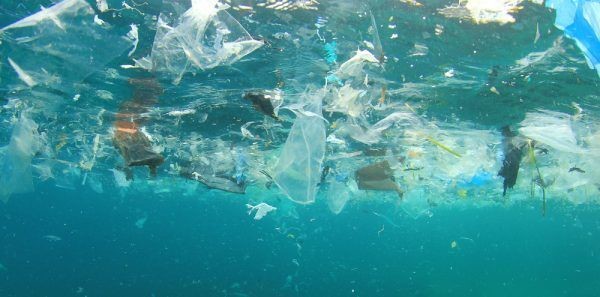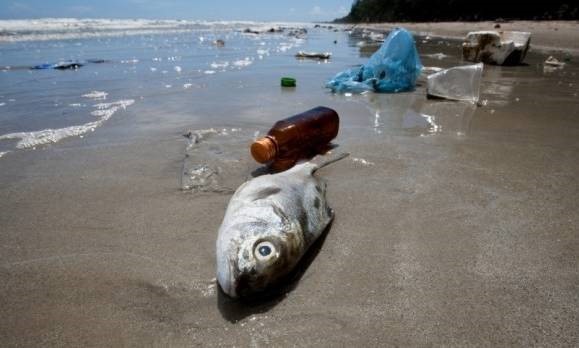Editor: Revowa 2020-07-06 view:148


Figure 2 Waste plastic in seawater
Not only in the ocean, but also on land, microplastics have been found to have entered the food chain. In April of this year, Mexican scientist Esperanza Verta discovered microplastics in the soil, earthworms, hen feces, and stomach, which can be used for energy decomposition after self incineration and burial of waste plastics, confirming for the first time that microplastics have entered the terrestrial food chain. Recently, a US agency conducted over 150 tap water tests in multiple cities around the world, and the results showed that 83% of tap water contains microplastics, indicating that terrestrial water sources have also been affected by microplastics. There are also reports at home and abroad that microplastics have been detected in products such as table salt, sea salt, beer, and honey. Perhaps the pollution of microplastics is already ubiquitous.
Not only does microplastics pollute the environment, but they also pose a greater threat to biosafety.
The microplastic part comes from plastic products and may release toxic and harmful substances, causing direct harm to the marine environment. The surface of microplastics is also prone to adsorbing heavy metals and persistent organic pollutants in the ocean, such as pesticides, flame retardants, polychlorinated biphenyls, etc., which pose chemical hazards to the ecological environment due to ocean currents. Microplastics are easily engulfed by marine organisms and accumulate within them, posing a threat to the safety of marine organisms. Scientific research has confirmed that microplastic pollution in the ocean has varying degrees of impact on the growth, development, ability to evade natural enemies, and reproduction of marine organisms. In addition, microplastics as carriers may carry foreign species and potential pathogenic bacteria, posing a threat to the stability of marine ecosystems. What is even more worrying is that microplastics can be transmitted through the marine food chain and ultimately enter the human food chain, posing a threat to human health and safety. Although it has not yet been confirmed what exact hazards microplastics pose to human health, similar to PM2.5, it is not ruled out that micro and nano sized microplastic particles may enter the human circulatory system. If microplastics are ingested for a long time, it may also cause some chemicals to accumulate in the human body, which is clearly not conducive to human health. Of course, this is only a speculation, and further in-depth research is needed on the impact of microplastics on ecology and human health.

